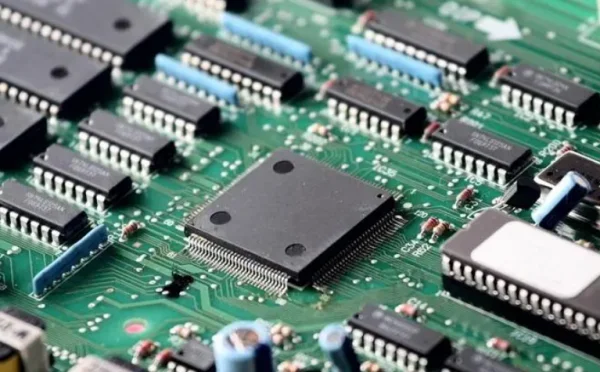The difference between a chip and a circuit board:
The composition is different: Chip: It is a way to miniaturize circuits (mainly including semiconductor devices, including passive components, etc.), and is often manufactured on the surface of semiconductor wafers. Integrated Circuit: A tiny electronic device or component.
Different manufacturing methods: chip: use a single crystal silicon wafer as the base layer, then use photolithography, doping, CMP and other technologies to make components such as MOSFETs or BJTs, and then use thin film and CMP technologies to make wires, so that chip production is completed .
Integrated circuit: Using a certain process, the transistors, resistors, capacitors, inductors and other components and wiring required in a circuit are interconnected together, fabricated on a small or several small semiconductor chips or dielectric substrates, and then packaged in a inside the tube shell.
introduce:
After the transistor was invented and mass-produced, various solid-state semiconductor components such as diodes and transistors were widely used, replacing the function and role of vacuum tubes in circuits. In the middle and late 20th century, the progress of semiconductor manufacturing technology made integrated circuits possible. Use individual discrete electronic components as opposed to manually assembling circuits.
Integrated circuits can integrate a large number of microtransistors into a small chip, which is a huge advancement. The mass-manufacturability of integrated circuits, reliability, and the modular approach to circuit design ensured rapid adoption of standardized integrated circuits instead of designs using discrete transistors.
Integrated circuits have two main advantages over discrete transistors: cost and performance. The low cost is due to the fact that the chip has all its components printed as a unit by photolithography, rather than making only one transistor at a time.
The high performance is due to the fast switching of components and lower energy consumption because the components are small and close to each other. In 2006, the chip area ranged from a few square millimeters to 350mm², and each mm² could reach one million transistors.
Post time: Apr-28-2023

